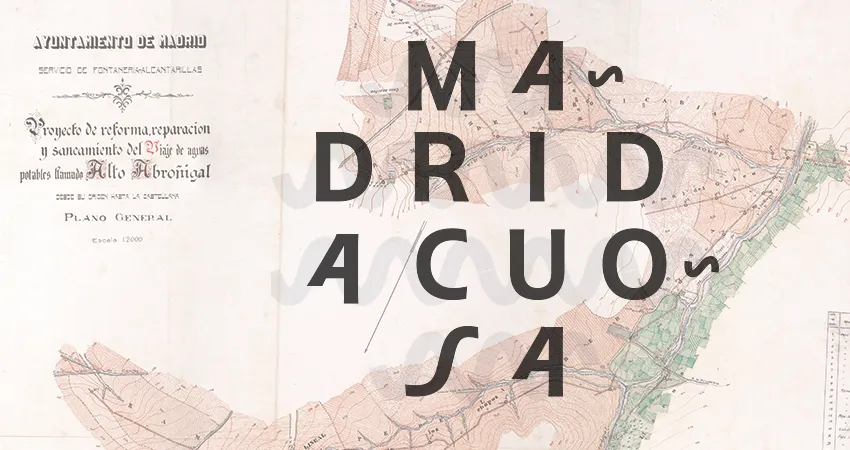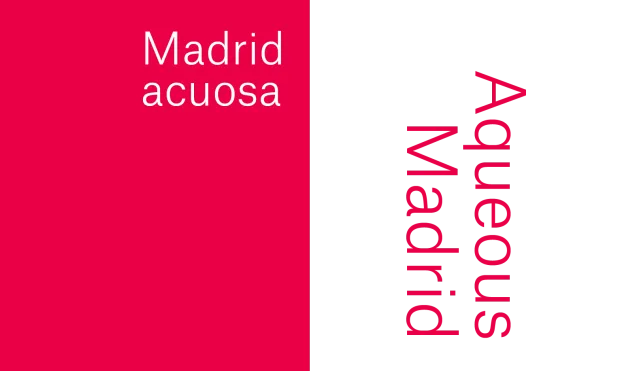Aqueous Madrid
Madrid means “land rich in water”, but hardly anyone knows that that is the case.
Aqueous Madrid is a documentary and artistic investigation that proposes the emotional reconnection of the city of Madrid with its watery past. It also opens up a space for reflection and debate. The aim of this exhibition is to revive forgotten relationships, to encourage the public to investigate how they perceive and interact with both water itself and with hydrological processes - particularly important in the context of the environmental crisis and climate emergency that we are experiencing, in which water and its management are becoming consolidated as a critical factor for the future development of our city.
This proposal seeks to make the public aware of a recent (or perhaps not so recent) past in which the city maintained a relative balance with the water cycle. It brings together the traces and footprints that this changing relationship has left on infrastructures, heritage, cartography, street maps, paintings, literature or on the collective memory, thanks to people who knew and enjoyed streams, wells, underground channels and springs that have now either disappeared or are in danger of disappearing. Being aware of the asymmetric relationship between the city and the water resources that sustain it.
The exhibition includes a model of the Madrid aquifer to illustrate the system and how it works, and to encourage responsible management in the near future. It invites visitors to question the hydrological management of the city and to propose models/solutions that make it possible to manage water resources in a sustainable way at a local level.
Malú Cayetano Molina is a landscape designer and forest engineer. She collaborates with different initiatives related to the social transformation of the habitat, urban regeneration, ecological restoration, and artistic and cultural production. She is interested in participatory methodologies and in activating public engagement, unblocking and making visible natural processes in urban contexts, generating debates about our position vis-à-vis the biosphere, inside and outside it, and the role of art as a mediator between citizens, ecology and territory, and as a facilitator of the transition towards an ecological consciousness.



